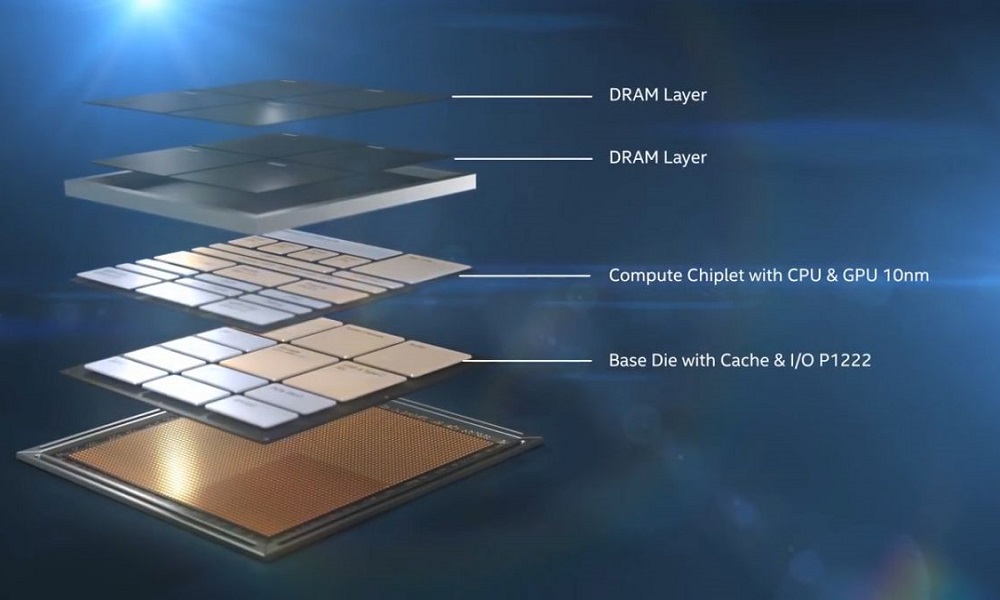
Moore’s Law has been one of the most important constants within the technology sector. Originally formulated by Gordon Moore, co-founder of Intel, This law was born in 1965, although it was reformulated in 1975 and, subsequently, it was subject to numerous nuances and changes that, in the end, were the natural consequence of the challenges inherent in increasing the density of transistors, together with the reduction of the manufacturing node applied to silicon.
Practically since its inception, Moore’s Law has been one of Intel’s great banners, and one of its great “prides,” but also has remained one of its main objectives. The chip giant wants to comply with Moore’s Law, and it seems it has everything it needs to do so at its fingertips. The Santa Clara company has confirmed, in the framework of this year’s IEEE International Electron Devices Meeting (IEDM), that it will achieve an improvement of the interconnection density of more than 10 times in the packaging thanks to the hybrid union. This improvement goes from 30% to 50% of the area in the scaling of the transistors, and also cited important advances in new technologies of power and memory, as well as new concepts of physics that could one day revolutionize computing.
How has Intel achieved find the right way to continue to maintain Moore’s Law? That is the most important question we must ask ourselves, and the chip giant has explained it in great detail in a complete article that it has shared in its press room, and that you can consult by following this link.
In summary, the most interesting and important keys are:
- Scaling Technologies Research that will allow to increase the density of transistors. In this sense, the improved and higher density interconnection systems, the stacking of 3D transistors with improvements at the area level and the use of thinner materials that offer greater scalability stand out.
- Enhance, and introduce, new capabilities in silicon. This has one objective, and it is to overcome the limits of silicon with the integration of new materials that allow improving efficiency, and meeting higher memory demands. In this regard, Intel has achieved important milestones, such as the FeRAM record for both performance and endurance.
- Embracing the quantum dimension. Intel is one of the companies that is investing the most resources in the development of quantum computing, and this has allowed it to achieve such important achievements as the workflows with 300 mm qubits.

IEDM Infographic



